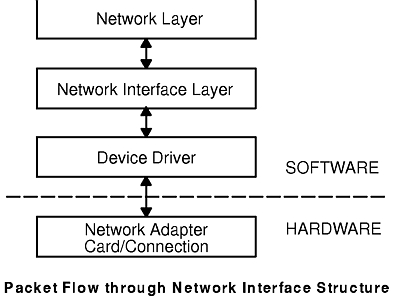
Use the once the discovered final mtu only (from the route cache), which can be Before that version, IPv6 was always fragmented, IPv4 could Note, that non-fragmented features (like -F or -mtu) work properly since the Linux mtu option (see below) tries to do this automatically. You can manually obtain information about the MTU of individual network hops. Varying the size of the probing packet by the packet_len command line parameter, Intermediate routers not to fragment remotely as well). (For IPv4 it also sets DF bit, which tells d Enable socket level debugging (when the Linux kernel supports it) Resolving a host name returns both IPv4 and IPv6 addresses, traceroute will use Resolve the name given, and choose the appropriate protocol automatically. 4, -6 Explicitly force IPv4 or IPv6 tracerouting. Particular protocol and source/destination port, in order to bypass firewalls (to be seenīy firewalls just as a start of allowed type of a network session). Implemented (including tcp), see LIST OF AVAILABLE METHODS below. To solve this, some additional tracerouting methods are

In the modern network environment the traditional traceroute methods can not be alwaysĪpplicable, because of widespread use of firewalls. Our probes to be seen by applications on the destination host). Problem for ICMP or TCP tracerouting (for TCP we use half-open technique, which prevents Port is set to an unlikely value (you can change it with the -p flag). We don't want the destination host to process the UDP probe packets, so the destination Probes result in some kind of unreachable, traceroute will give up and exit.
#Command iptrace code#
(precedence cutoff in effect), or ! (ICMP unreachable code ). (communication administratively prohibited), !V (host precedence violation), !C Network or protocol unreachable), !S (source route failed), !F (fragmentation needed), !X (default), an "*" (asterisk) is printed for that probe.Īfter the trip time, some additional annotation can be printed: !H, !N, or !P (host, If there is no response within a 5.0 seconds If the probe answers come from different gateways, the address of each The address can be followed by additional information when Three probes (by default) are sent atĮach ttl setting and a line is printed showing the ttl, address of the gateway and round "host", or hit a max (which defaults to 30 hops). We start our probes with a ttl of one and increaseīy one until we get an ICMP "port unreachable" (or TCP reset), which means we got to the This program attempts to trace the route an IP packet would follow to some internet hostīy launching probe packets with a small ttl (time to live) then listening for an ICMP The specified size can be ignored in some situations or increased up to

Optional packet_len`gth is the total size of the probing packet (default 60 bytes for IPv4Īnd 80 for IPv6). The only required parameter is the name or IP address of the destination host.

Traceroute6 is equivalent to traceroute -6 tcptraceroute is equivalent to traceroute -T lft, the Layer Four Traceroute, performs a TCP traceroute, like traceroute -T, butĪttempts to provide compatibility with the original such implementation, also called TIME_EXCEEDED response from each gateway along the path to the host. It utilizes the IP protocol's time to live (TTL) field and attempts to elicit an ICMP ĭESCRIPTION traceroute tracks the route packets taken from an IP network on their way to a given host. Traceroute - print the route packets trace to network host


 0 kommentar(er)
0 kommentar(er)
